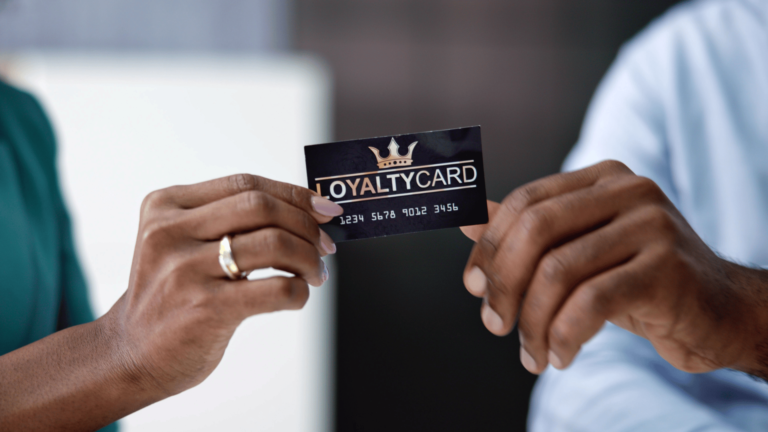In today’s world, having a reliable and fast internet connection is important for everyone. Whether you are playing games, streaming videos, or working from home, a good connection can make a big difference. One tool that can help you achieve this is the 30 ft Ethernet cable. This article will explain what a 30 ft Ethernet cable is, why it might be the perfect choice for you, and how to use it effectively.
What Is a 30 Ft Ethernet Cable?
A 30 ft Ethernet cable is just a regular Ethernet cable that is 30 feet long. Ethernet cables are used to connect devices like computers, routers, and switches to each other. This allows devices to communicate and access the internet. The length of the cable can make a big difference in how you set up your devices. A 30 ft Ethernet cable gives you a lot of flexibility because you have plenty of length to move devices around without losing your connection.
Why Choose a 30 Ft Ethernet Cable?
One of the main reasons to choose a 30 ft Ethernet cable is the extra length it provides. With 30 feet of cable, you can connect devices that are further apart. This is useful if your router is in one room and you want to connect a computer or gaming console in another room. Instead of buying multiple short cables, you can use a single 30 ft Ethernet cable to make the connection. It saves you from having to deal with tangled or messy wires.
The Benefits of Using a 30 Ft Ethernet Cable
A 30 ft Ethernet cable offers several benefits. First, it helps in maintaining a stable connection. Wired connections, like those provided by Ethernet cables, are generally more stable than wireless ones. This means you are less likely to experience interruptions or slow speeds. Second, using an Ethernet cable can improve the speed of your internet connection. While Wi-Fi is convenient, it can be slower and less reliable compared to a wired connection.
Another benefit is that Ethernet cables are not affected by interference as much as Wi-Fi signals. This means you are less likely to face issues caused by other electronic devices or physical obstacles. Finally, using a 30 ft Ethernet cable can help you keep your devices organized. Instead of having devices all crammed near your router, you can place them where you need them, thanks to the length of the cable.
How to Use a 30 Ft Ethernet Cable
Using a 30 ft Ethernet cable is easy. Here’s how you can do it:
- Connect to Devices: Plug one end of the Ethernet cable into your router or modem. Then, plug the other end into your computer or another device that you want to connect.
- Check the Connection: Make sure both ends are securely plugged in. Your device should recognize the connection automatically. If not, you might need to check your settings or restart your devices.
- Position the Cable: Because the cable is 30 feet long, you can route it around corners or behind furniture to keep it out of the way. Just make sure it is not pinched or damaged.
- Test the Speed: Once connected, you might want to test your internet speed to ensure you are getting the performance you expect. There are many online tools that can help you with this.
Different Types of Ethernet Cables
There are different types of Ethernet cables, and they come with various categories. The category of the cable can affect its performance. Here’s a brief overview of the most common types:
- Cat5e: This is a basic type of Ethernet cable that can handle speeds up to 1 gigabit per second (Gbps). It’s suitable for most home networks.
- Cat6: This cable offers better performance and can handle speeds up to 10 Gbps over shorter distances. It’s a good choice if you need higher speeds.
- Cat6a: This is an enhanced version of Cat6 and supports even higher speeds and better performance. It’s great for more demanding applications.
- Cat7: This cable provides the highest performance and is shielded to reduce interference. It’s used in more advanced network setups.
When choosing a 30 ft Ethernet cable, you should consider the category that best suits your needs. For most home users, Cat5e or Cat6 will be sufficient.
How to Choose the Right 30 Ft Ethernet Cable
Choosing the right 30 ft Ethernet cable involves considering a few key factors:
- Speed Requirements: Think about how fast your internet connection is and what you need from the cable. If you have a high-speed connection and want the best performance, go for a higher category like Cat6 or Cat6a.
- Quality: Look for cables that are well-made and have good reviews. A higher quality cable will be more durable and provide a better connection.
- Shielding: If you are in an area with a lot of electronic interference, consider getting a shielded cable. Shielding helps to protect the signal from interference.
- Flexibility: Make sure the cable is flexible enough for your setup. A cable that is too stiff can be difficult to route around corners.
Common Problems with Ethernet Cables and How to Fix Them
Sometimes, you might face issues with your Ethernet cable. Here are a few common problems and how to fix them:
- Connection Issues: If your device is not recognizing the cable, check that both ends are securely plugged in. You might also need to restart your router and device.
- Slow Speeds: If you are not getting the speeds you expect, make sure you are using a high-quality cable that matches your speed requirements. Also, check for any damage to the cable.
- Interference: If you experience interference, consider using a shielded cable or moving the cable away from other electronic devices.
- Cable Damage: If the cable is damaged, it might need to be replaced. Look for any visible signs of wear or damage along the length of the cable.
How to Care for Your 30 Ft Ethernet Cable
Taking care of your Ethernet cable can help it last longer and perform better. Here are a few tips:
- Avoid Sharp Bends: Try not to bend the cable sharply. Sharp bends can damage the internal wires and affect performance.
- Keep It Dry: Make sure the cable stays dry. Moisture can cause damage to the cable and affect its performance.
- Store Properly: When not in use, store the cable properly. Avoid coiling it too tightly or tangling it.
- Inspect Regularly: Check the cable periodically for any signs of damage or wear. If you notice any problems, replace the cable as needed.
Conclusion: The Value of a 30 Ft Ethernet Cable
In summary, a 30 ft Ethernet cable is a valuable tool for improving your internet connection. Its length provides flexibility in setting up your devices, and its wired nature offers a stable and reliable connection. By choosing the right type of cable and taking care of it properly, you can enjoy a better internet experience at home or in the office.
Whether you are streaming videos, playing games, or working from home, a 30 ft Ethernet cable can help you achieve a stable and high-speed connection. With the tips provided in this article, you can make an informed decision and get the most out of your Ethernet cable.
Feel free to explore more about Ethernet cables and how they can benefit you. Understanding the different types and knowing how to use them effectively will ensure you have the best possible internet experience.








